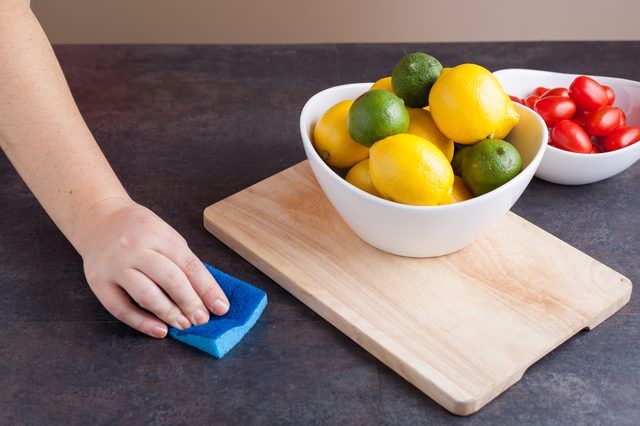Bulbs
Flower Basics
Flower Beds & Specialty Gardens
Flower Garden
Garden Furniture
Garden Gnomes
Garden Seeds
Garden Sheds
Garden Statues
Garden Tools & Supplies
Gardening Basics
Green & Organic
Groundcovers & Vines
Growing Annuals
Growing Basil
Growing Beans
Growing Berries
Growing Blueberries
Growing Cactus
Growing Corn
Growing Cotton
Growing Edibles
Growing Flowers
Growing Garlic
Growing Grapes
Growing Grass
Growing Herbs
Growing Jasmine
Growing Mint
Growing Mushrooms
Orchids
Growing Peanuts
Growing Perennials
Growing Plants
Growing Rosemary
Growing Roses
Growing Strawberries
Growing Sunflowers
Growing Thyme
Growing Tomatoes
Growing Tulips
Growing Vegetables
Herb Basics
Herb Garden
Indoor Growing
Landscaping Basics
Landscaping Patios
Landscaping Plants
Landscaping Shrubs
Landscaping Trees
Landscaping Walks & Pathways
Lawn Basics
Lawn Maintenance
Lawn Mowers
Lawn Ornaments
Lawn Planting
Lawn Tools
Outdoor Growing
Overall Landscape Planning
Pests, Weeds & Problems
Plant Basics
Rock Garden
Rose Garden
Shrubs
Soil
Specialty Gardens
Trees
Vegetable Garden
Yard Maintenance
How to Make a Homemade Fruit Fly Trap
How to Make a Homemade Fruit Fly Trap. While prevention is the most effective weapon in the fight against fruit flies, you can rely on a basic, do-it-yourself trap made from easily accessible -- and all-natural -- materials when the little pests strike. These homemade traps, which turn the insects' affinity for moisture and sweet organic matter...
While prevention is the most effective weapon in the fight against fruit flies, you can rely on a basic, do-it-yourself trap made from easily accessible -- and all-natural -- materials when the little pests strike. These homemade traps, which turn the insects' affinity for moisture and sweet organic matter against them, attract and then entrap. You have plenty of options for bait -- an essential part of the equation -- ranging from pungent foods to fermented beverages.
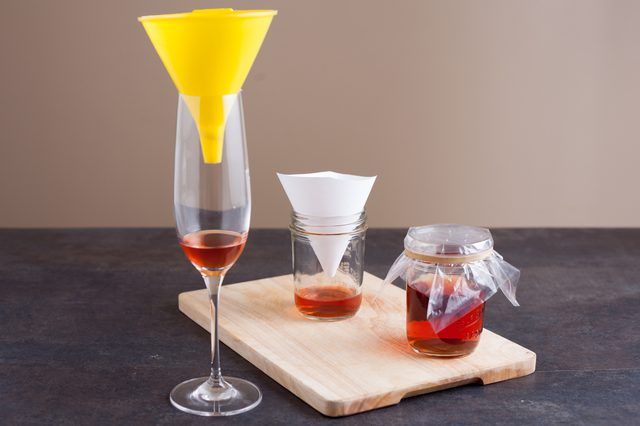
Funnel the flies into a prison from which they can't escape by filling the bottom of a glass jar or similar container -- about a pint in size does the trick -- with fruit fly bait. Use a few ounces of unfiltered apple cider vinegar, sweet fruit juice, leftover wine, rotted fruit or a single banana slice to entice the insects. You can even use a combination of a few splashes of vinegar and water and a drop or so of fruit-scented dish soap. Drop a sturdy piece of paper rolled into the shape of a funnel into the jar with the narrow end down. The wide end should emerge from the jar's mouth, filling it to the rim. As it lets flies in, the cone also keeps them trapped in the container.
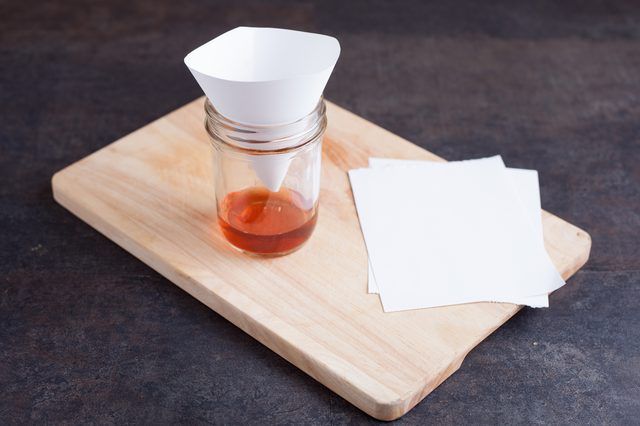
Traps only work if they're near their prey, so place the trap in a fruit fly breeding site. In the home, these sites typically include damp spaces near sinks or dishwashers, underneath bars, in cabinets, near food staging or preparation areas, or any areas in which you store exposed fruit or fermenting food. Empty the trap of flies outdoors -- well away from the house -- daily. While outside, refresh the bait with fresh material and continue to place the traps in the kitchen until the area is free of adult flies.
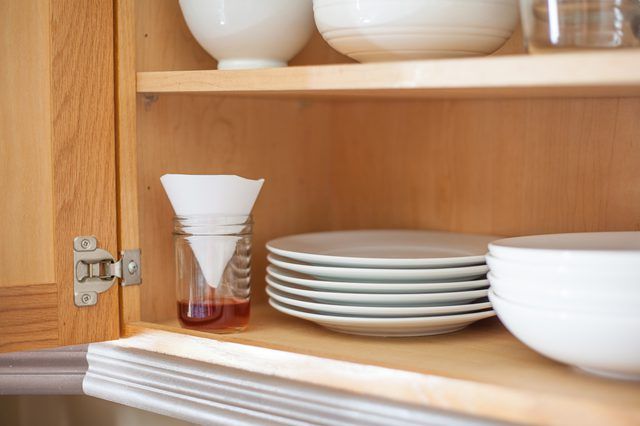
Fill a jar about 2/3 of the way full with apple cider vinegar and a drop of dish detergent, then seal it with plastic wrap and rubber band to make an alternative fly trap. Avoid using more than a drop or two of soap; you need it to break the surface tension of the liquid so the flies will sink into it, but fruit flies recognize soap as a poison. Poke holes in the plastic -- no more than 1/8-inch in diameter -- to allow flies access to the solution. Once inside, the pests will eventually drown in the vinegar. A packet of activated dry yeast, 1/3 cup of warm water and a teaspoon of sugar also works, but this trap needs regular emptying, as the yeast attracts the flies but doesn't drown them.
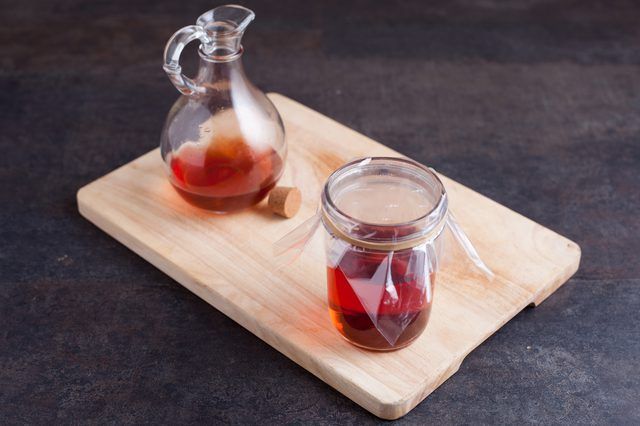
For another alternative, set a kitchen funnel in a flute-style wine glass filled with a few teaspoons of wine or vinegar. Place and maintain the trap just as you would a jar trap.
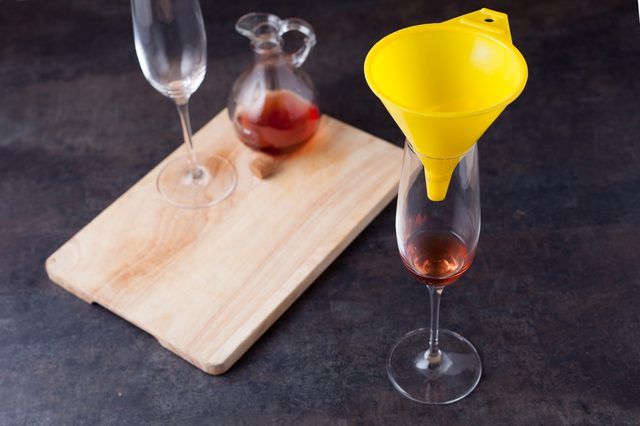
To completely eradicate a fruit fly infestation, you need to identify the larval breeding grounds -- typically rotten fruit, ripe trash, a sink drain, or other moist area rich in organic matter -- and dispose of them completely. Likewise, when placing traps, thoroughly clean the area of food debris and spills and refrigerate all produce to keep the flies focused on the bait. As your traps catch adult flies each day, you can transition from emptying and replenishing them daily to once every few days until you eliminate the infestation.
